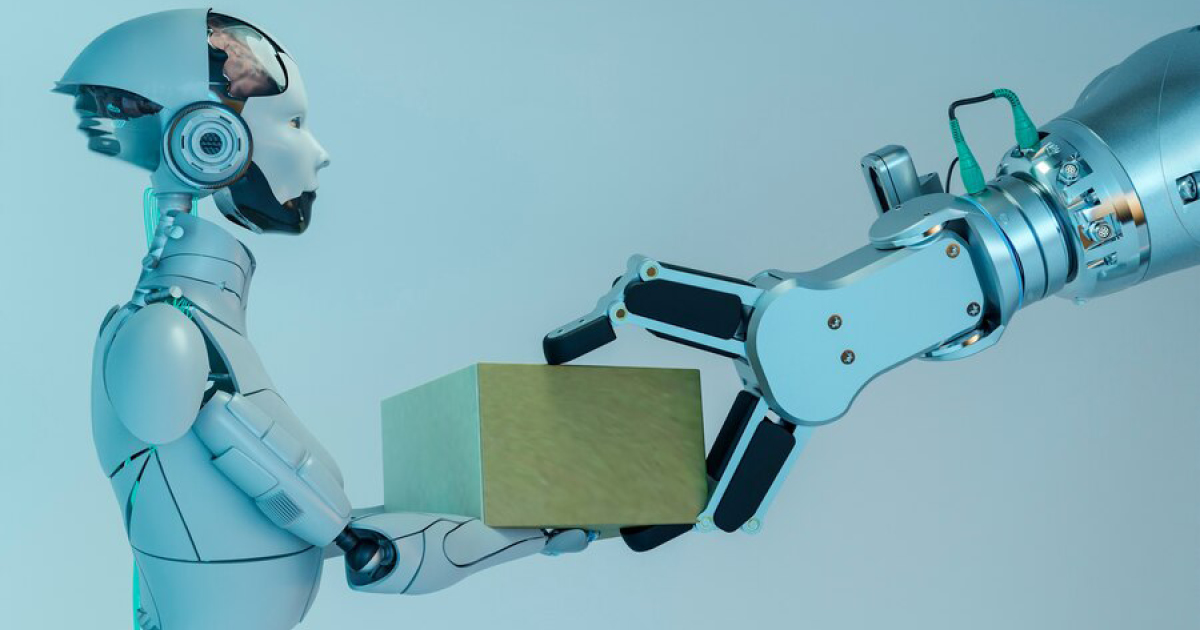- 2.5Impact Factor
- 5.5CiteScore
- 20 daysTime to First Decision
Motion Control for Robots and Automation
This special issue belongs to the section “Robotics and Automation“.
Special Issue Information
Dear Colleagues,
Motion control is a critical and challenging field of automation that encompasses the systems involved in the moving parts of machines or robots in a controlled manner. The primary purpose of motion control is to achieve precise positioning, speed, and torque control in a wide array of industrial and commercial applications, including robotics, CNC machinery, factory automation, aerospace, and more. Numerous relevant research studies have been developed in the fields of mechanical engineering, electrical engineering, control theory, and computer science. Indeed, a proper control method can be utilized to enhance the execution of tasks in various domains, such as vibration suppression, energy consumption, cycle time, and tracking accuracy. The design of an optimal controller is essential for systems with complex dynamics, especially in the presence of perturbation.
In this Special Issue, we invite researchers to contribute original works and qualified reviews related to motion control for automatic machines and robots, such as medical robots, industrial robots, service robots, mobile robots, bionic robots, micro/nanorobots, CNC machines, multirobot cooperation, cranes, and so on. The scope of this Special Issue includes, but is not limited to, the following: kinematic and dynamic modeling, artificial intelligence, trajectory planning, advanced control, sensors and actuators. Both theoretical and experimental studies are welcome.
Dr. Yi Fang
Dr. Yuxin Sun
Dr. Dongfang Liu
Guest Editors
Manuscript Submission Information
Manuscripts should be submitted online at www.mdpi.com by registering and logging in to this website. Once you are registered, click here to go to the submission form. Manuscripts can be submitted until the deadline. All submissions that pass pre-check are peer-reviewed. Accepted papers will be published continuously in the journal (as soon as accepted) and will be listed together on the special issue website. Research articles, review articles as well as short communications are invited. For planned papers, a title and short abstract (about 250 words) can be sent to the Editorial Office for assessment.
Submitted manuscripts should not have been published previously, nor be under consideration for publication elsewhere (except conference proceedings papers). All manuscripts are thoroughly refereed through a single-blind peer-review process. A guide for authors and other relevant information for submission of manuscripts is available on the Instructions for Authors page. Applied Sciences is an international peer-reviewed open access semimonthly journal published by MDPI.
Please visit the Instructions for Authors page before submitting a manuscript. The Article Processing Charge (APC) for publication in this open access journal is 2400 CHF (Swiss Francs). Submitted papers should be well formatted and use good English. Authors may use MDPI's English editing service prior to publication or during author revisions.
Keywords
- motion control
- motion planning
- trajectory planning
- kinematic and dynamic modeling
- servomotor
- AI in motion control
- vibration suppression
- precision manufacturing
- motion profile design
- feedforward control
- feedback control
- intelligent robots and machines
- advanced control

Benefits of Publishing in a Special Issue
- Ease of navigation: Grouping papers by topic helps scholars navigate broad scope journals more efficiently.
- Greater discoverability: Special Issues support the reach and impact of scientific research. Articles in Special Issues are more discoverable and cited more frequently.
- Expansion of research network: Special Issues facilitate connections among authors, fostering scientific collaborations.
- External promotion: Articles in Special Issues are often promoted through the journal's social media, increasing their visibility.
- e-Book format: Special Issues with more than 10 articles can be published as dedicated e-books, ensuring wide and rapid dissemination.

